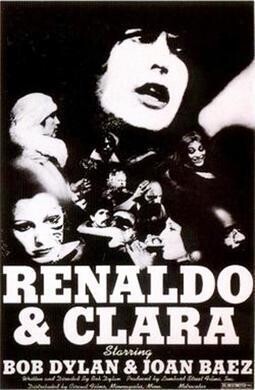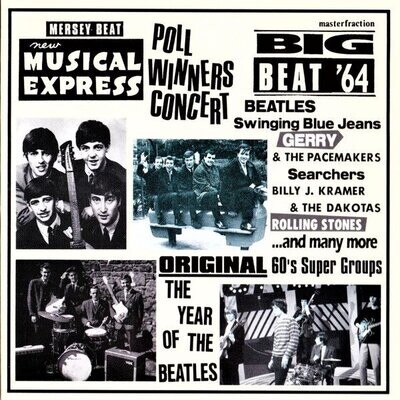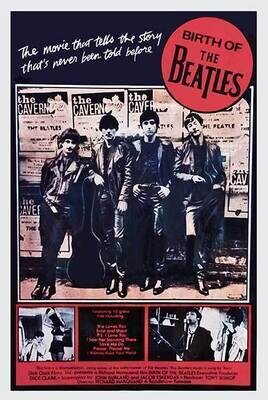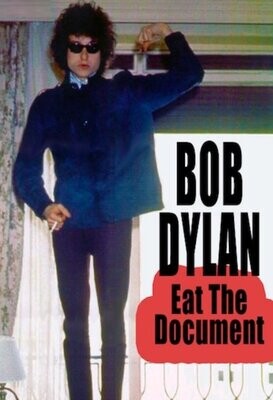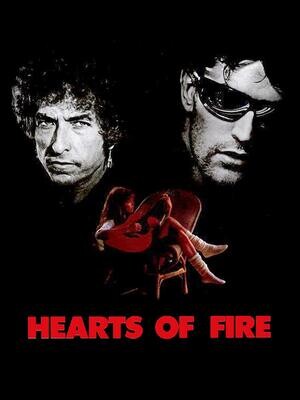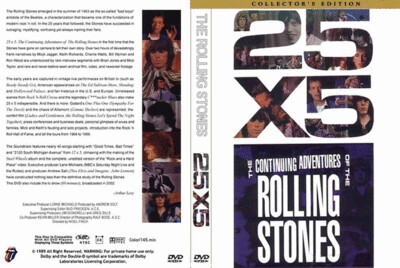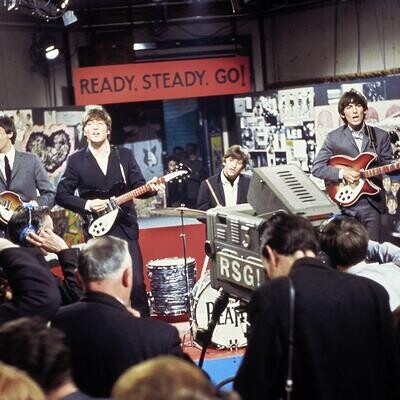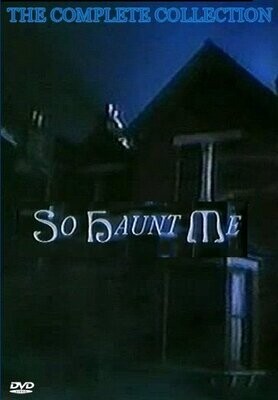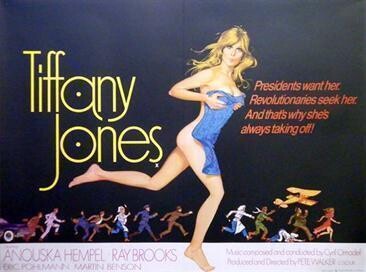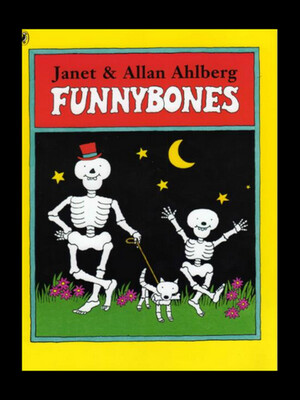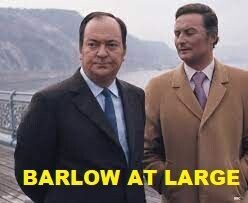Shop Online
Renaldo & Clara DVD - Directed By Bob Dylan - 4 Hour UNCUT Rare Footage
Renaldo and Clara is a 1978 American film directed by Bob Dylan and starring Bob Dylan, Sara Dylan, and Joan Baez. Written by Dylan and Sam Shepard, the film incorporates three distinct film genres: concert footage, documentary interviews, and dramatic fictional vignettes reflective of Dylan's song lyrics and life.[1]
Filmed in the fall of 1975 prior to and during Bob Dylan's Rolling Thunder Revue tour, the film features appearances and performances by Ronee Blakley, T-Bone Burnett, Ramblin' Jack Elliott, Allen Ginsberg, Arlo Guthrie, Ronnie Hawkins, Roger McGuinn, Joni Mitchell, Mick Ronson, Arlen Roth, Sam Shepard, and Harry Dean Stanton. Renaldo and Clara was released in its original four-hour form on January 25, 1978 in the United States. Its limited release in theaters in New York City, Los Angeles, and other cities was discontinued after a few weeks following widespread negative reviews.[2] Renaldo and Clara won the Interfilm Award at the Mannheim-Heidelberg International Filmfestival in 1978 but has largely been panned by critics.
Renaldo and Clara was written by Bob Dylan and Sam Shepard. Most of the performers are musicians or members of Dylan's inner circle; the only professional actors in the cast are Sam Shepard, Harry Dean Stanton, Helena Kallianiotes, and Ronee Blakley.
The style, structure, and thematic elements of Renaldo and Clara were heavily influenced by the French film Les Enfants du Paradis. Similarities between the two films include the use of whiteface (Dylan), the recurring flower, the woman in white (Baez), the on-stage and backstage scenes, and the dialogue of both films' climactic scenes. Also evident is the Cubist approach of the two films, allowing us to see the main characters from the different perspectives of various lovers. Running time is also relatively similar.
Many of the artists performing with the Rolling Thunder Revue are featured in the film, which also includes clips of concert performances and footage of Rubin Carter, the subject of Dylan's song "Hurricane". The film also contains the last known footage of Phil Ochs, who is shown preparing to take the stage at Folk City in October 1975; he committed suicide six months later. The film also features an appearance from another late musician, David Blue, who gives some insight into the 1960s New York City folk music scene while playing an extended game of pinball.
4 Hour version - Very Good Audio and Video.
Region Free - DVD-R with DVD case and artwork
Quality of video and sound is very good - If you have any questions please send us an email ... help@thestressstore.com
Never commercially released, transferred from TV recording to DVD
good quality 8 / 10
All our DVDS have never been commercially released and are in the public domain. Complete with artwork and DVD case. The quality of our products remain our upmost priority!
Cyber Monday
20% OFF
***All products, valid today through Sunday!***

